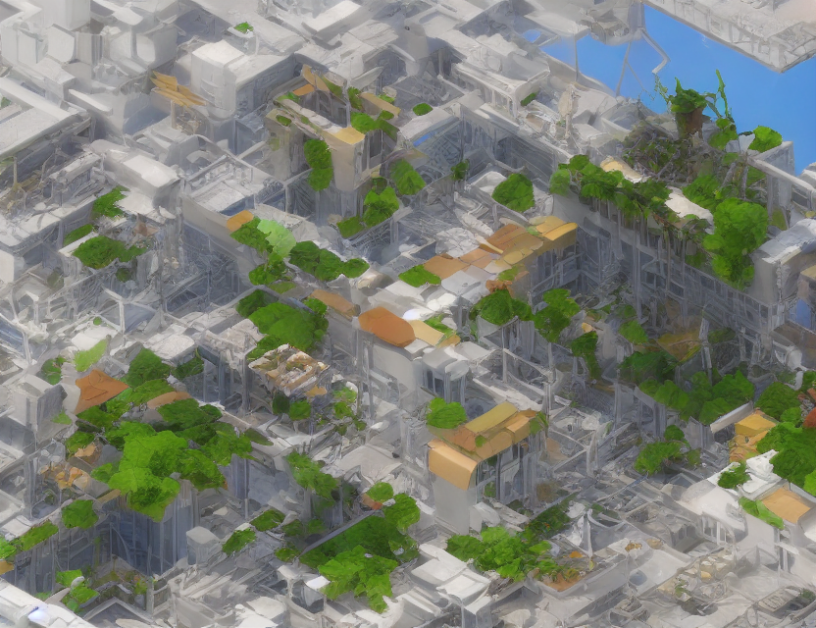In recent years, there has been a surge of interest in generating high-precision 3D assets through the use of text prompts. This field, known as "text-to-3D," has seen significant advancements in recent times, with various methods emerging that can create detailed and realistic 3D objects from simple text inputs. In this article, we will explore some of the recent approaches to text-to-3D generation, highlighting their key ideas, strengths, and limitations.
Motivation: The Need for High-Precision 3D Assets
The rapid development of the metaverse and virtual reality has created a pressing need for high-precision 3D assets. While traditional methods of creating 3D objects require extensive training and expertise, recent advancements in text-to-3D have made it possible to generate high-quality 3D content with minimal computational resources.
Text-to-3D Methods: Overview and Recent Advances
There are several approaches to text-to-3D generation, including:
- Score Distillation Sampling (SDS): This method uses a score distillation technique to train a 2D diffusion model to generate 3D objects from text prompts. SDS has shown great potential in generating high-quality 3D assets with minimal computational resources.
- Magic3D: This method separates the pipeline into two stages, first generating a 2D mesh using a pre-trained T2I diffusion model and then refining the mesh to create a 3D object. Magic3D has shown improved quality compared to other methods.
- Fantasia3D: This method modifies the implicit 3D representation to enable the generation of high-quality 3D objects from text prompts. Fantasia3D improves upon earlier methods by separating the pipeline into two stages, allowing for more accurate and detailed 3D generation.
- TextMesh: This method modifies the implicit 3D representation to enable the generation of high-quality 3D objects from text prompts. TextMesh separates the pipeline into two stages, allowing for more accurate and detailed 3D generation.
Strengths and Limitations
Each of these methods has its strengths and limitations, as follows:
Strengths
- Efficient: Many of these methods are computationally efficient, allowing for fast generation of high-quality 3D assets.
- Flexible: Text-to-3D methods can generate a wide range of 3D objects, from simple shapes to complex scenes.
- High-precision: These methods have shown the ability to generate highly detailed and realistic 3D assets.
Limitations
- Limited control: While these methods offer great flexibility in terms of the types of 3D objects that can be generated, they often lack fine-grained control over the details of the generated object.
- Requires pre-training: Many text-to-3D methods require pre-training on large datasets before they can generate high-quality 3D assets.
Conclusion
Text-to-3D is a rapidly evolving field with great potential for creating high-precision 3D assets with minimal computational resources. Recent advances in this field have shown that it is possible to generate detailed and realistic 3D objects from simple text inputs, with various methods emerging that can create 3D content without relying on traditional 3D modeling techniques. As the field continues to evolve, we can expect to see even more sophisticated and efficient text-to-3D methods in the future.



